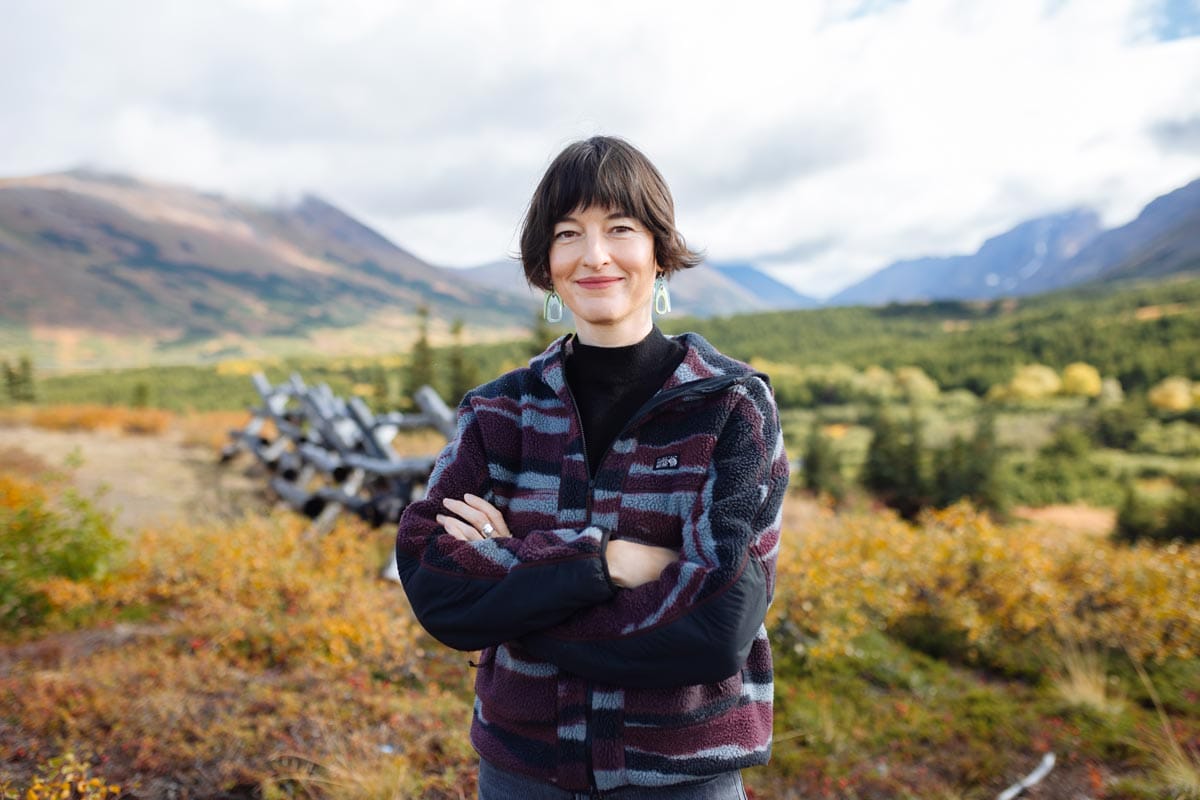
Francesca Du Brock uses her background as artist, educator, and lifelong Alaskan to help inform her curatorial practice—which she says is rooted in social engagement, place-based storytelling, and environmental justice. As the chief curator at the Anchorage Museum, Du Brock believes her job is about stewardship, not only of artworks and knowledge but of relationships. Building a life in the arts in her home state is a true testament to that.
Early Days
As a self-identified artist and art lover from an early age, Du Brock found that she learned best through close observation of the world around her. When she was introduced to the field of art history in college, it was a natural fit. For Du Brock, her major became a way for her to learn about anything and everything that interested her—from religion to gender studies to anthropology.
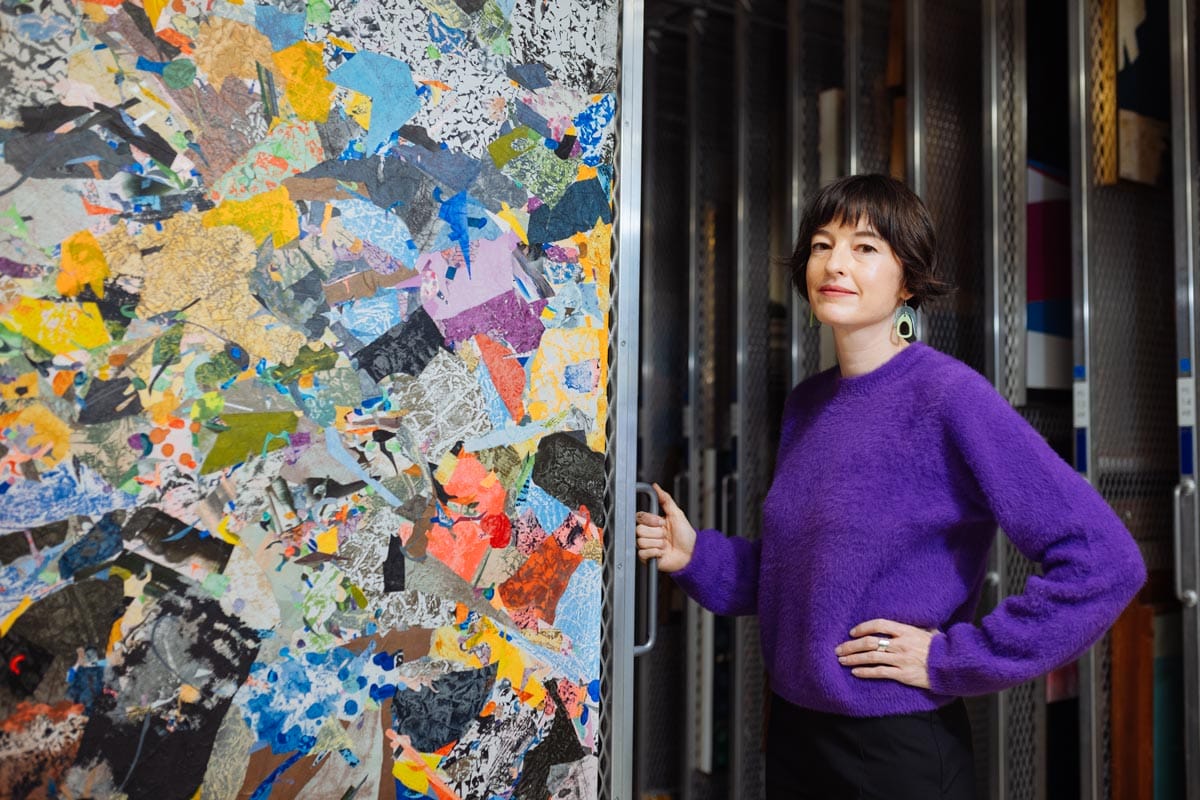
Hometown Inspiration
Being able to work in the place she was born and raised is a source of great pride for Du Brock. She leads a team of both Indigenous and non-Indigenous curators who share deep-rooted connections to Alaska. Alaska’s largest city, Anchorage, is diverse: with over 100 languages spoken in its local school districts. Du Brock believes that museums should be spaces where a multiplicity of voices and perspectives are encountered and celebrated. Her team’s work of learning, listening, and discovering is constantly unfurling new avenues of thought. “It’s overwhelming and humbling to understand that we could spend our entire lives in this profession and never run out of things to learn about Alaska, its people, and its nonhuman inhabitants,” Du Brock says.
Alaska’s dramatic seasonal shifts, changing daylight patterns, and the grandeur of its landscapes profoundly influence Du Brock, providing endless inspiration and a deep sense of connection to place in her work.
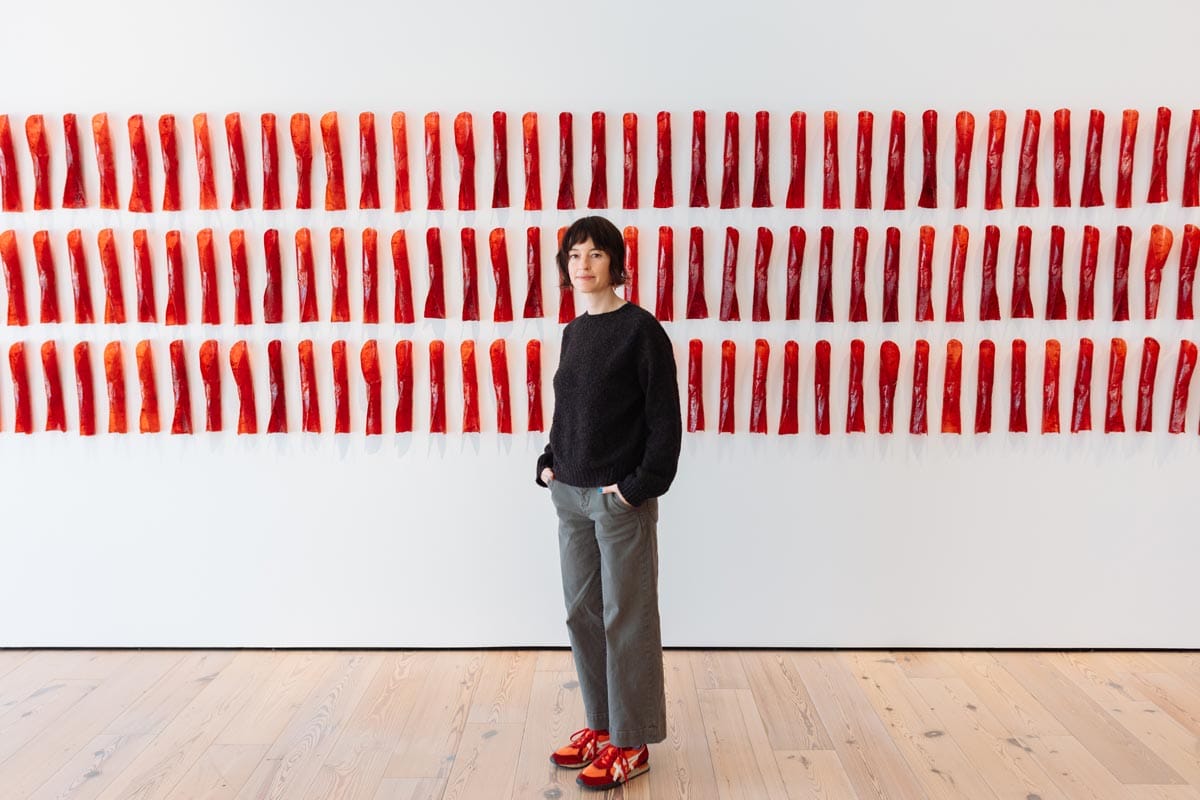
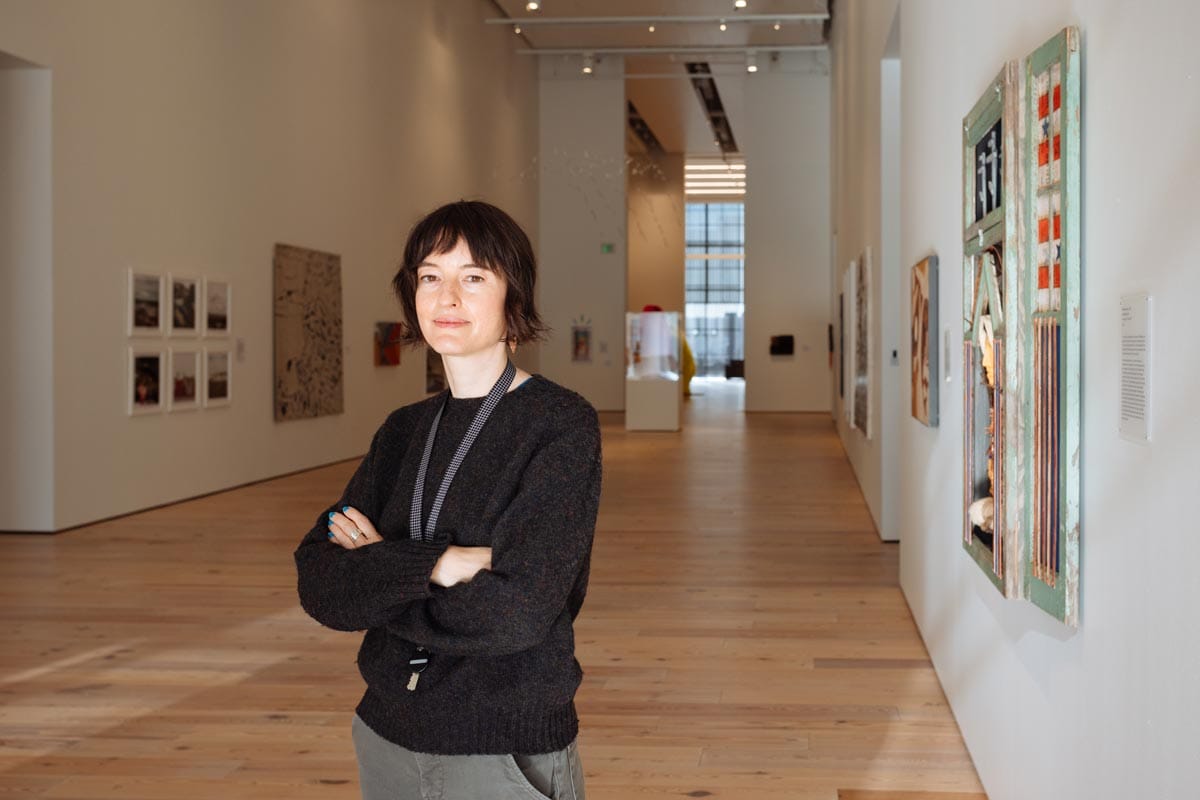
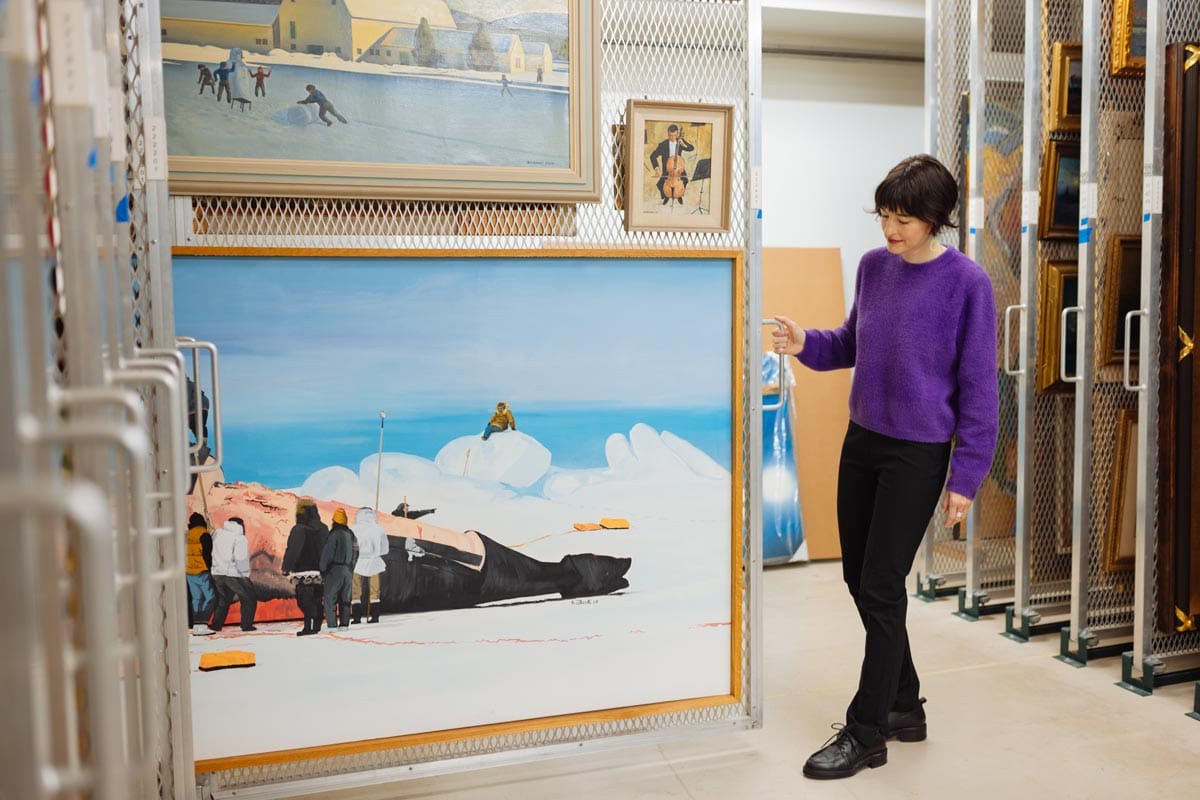



Community Care and Curation
Leading curatorial initiatives at the Anchorage Museum, Du Brock seeks to create new models of exhibition-making and outreach that are expansive—where artists, communities, and curators collaborate with a focus on knowledge sharing and community engagement. She is committed to making meaningful change not just within her own institution, but also in collaboration with other organizations and cultural practitioners. In her work, she aims “to build meaningful relationships based on learning and exchange with culture workers [on] how to produce exhibitions more sustainably and humanely, in reciprocity with place and community.” She envisions a future where artists, communities, and curators collaborate on exhibition creation and knowledge sharing.
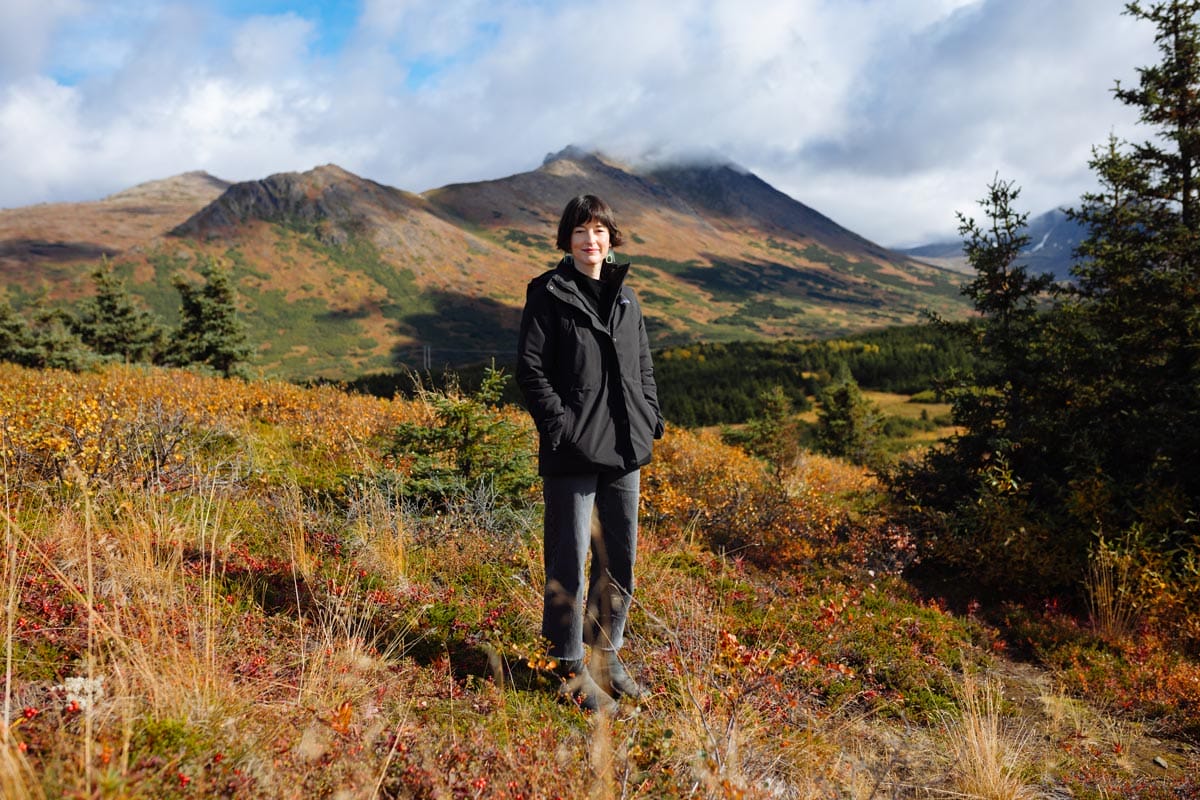
Innovation Amidst Climate Change
As both an artist and curator, Du Brock draws inspiration from the land and people around her, often highlighting issues like climate change that hit close to home for her. A recent exhibition titled How to Survive—a massive installation taking up an astounding 7,500 square feet—investigates the idea of survival through hope and care, and asks how those practices can help respond to climate change. The exhibition showcases artwork from 16 women and nonbinary artists from across the world, as well as an installation of Alaska Native cultural belongings, a materials library, and a community climate archive.
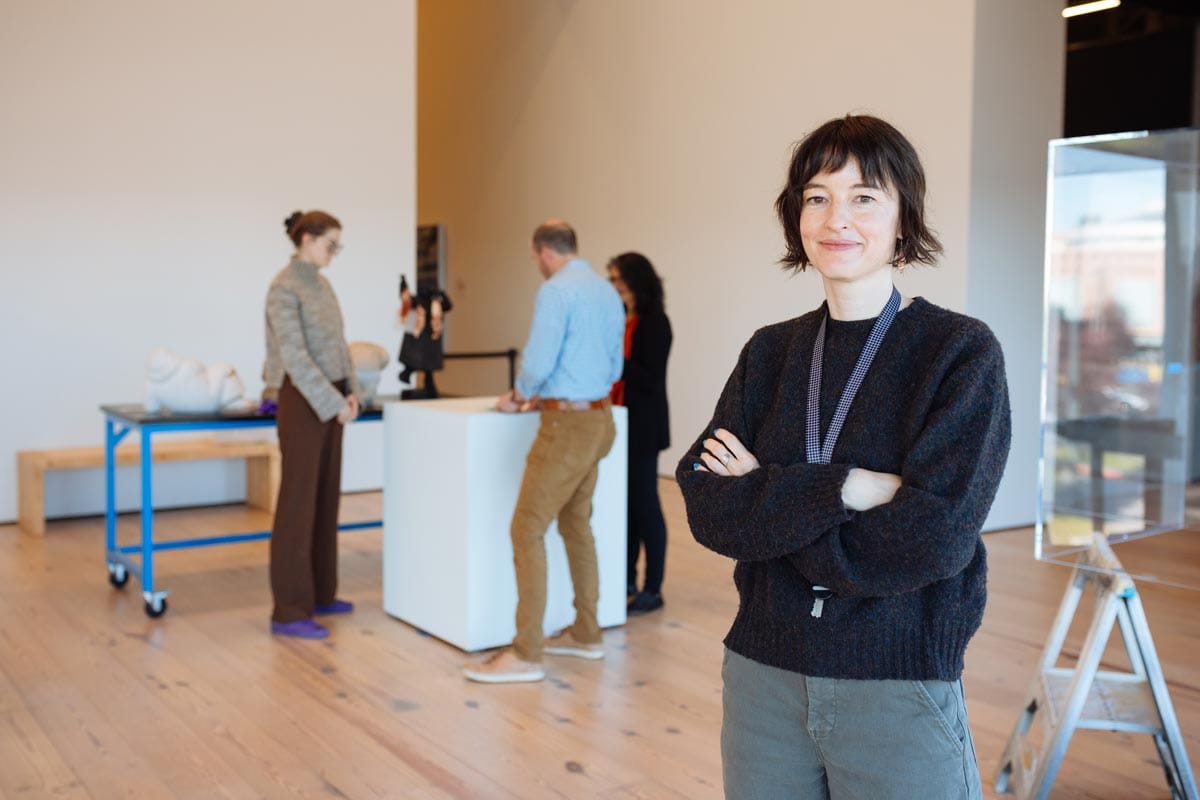
The subject matter of the exhibition also led Du Brock and her colleagues to pioneer new, more sustainable working practices and approaches to building out installations. They inventoried and revised their design processes and material use with a critical eye on reducing their carbon footprint. The museum team worked with artists long-distance to produce installations using local materials to minimize shipping. Du Brock found this mode of working opened the door to even more communication and collaboration with artists as well as her colleagues, and allowed for the collective stewardship of ideas.
Du Brock’s next collaborative exhibition project is As the Plover Flies: Climate Crisis and Resiliency in Alaska and Hawaiʻi. The exhibition tells the story of climate change in Alaska and Hawaiʻi from various perspectives across time, and examines critical links between these two important cultural and geographical sites in the context of the Americas and the Pacific.
Related News
Vilcek Foundation Awards $100,000 Art History Prize to Francesca Du Brock
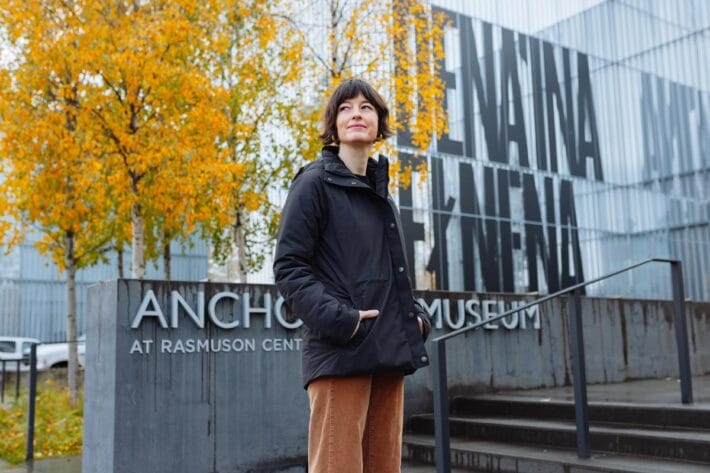
Vilcek Foundation Awards $250,000 in Prizes to Immigrant Curators

Pioneering Change: Bernardo Mosqueira’s Visionary Curatorial Practice

You may also be interested in
Francesca Du Brock
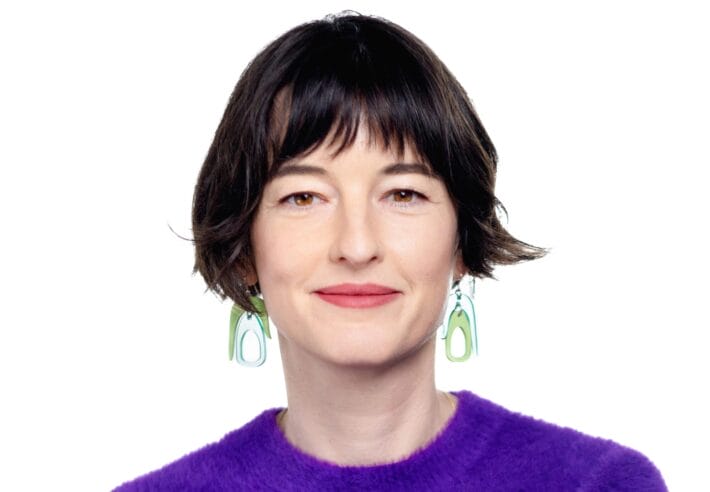
Anchorage Museum Association

The Center for Curatorial Leadership
